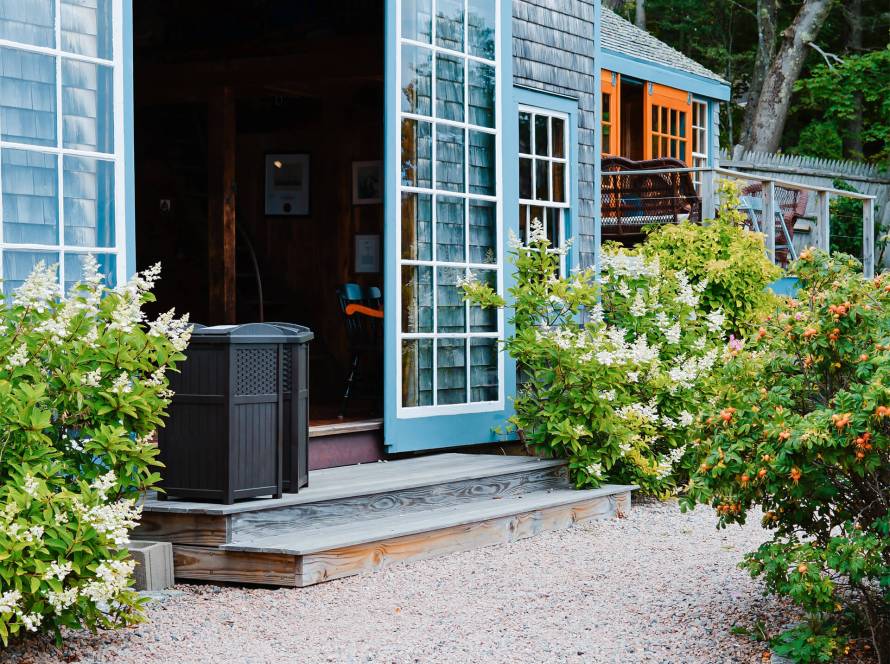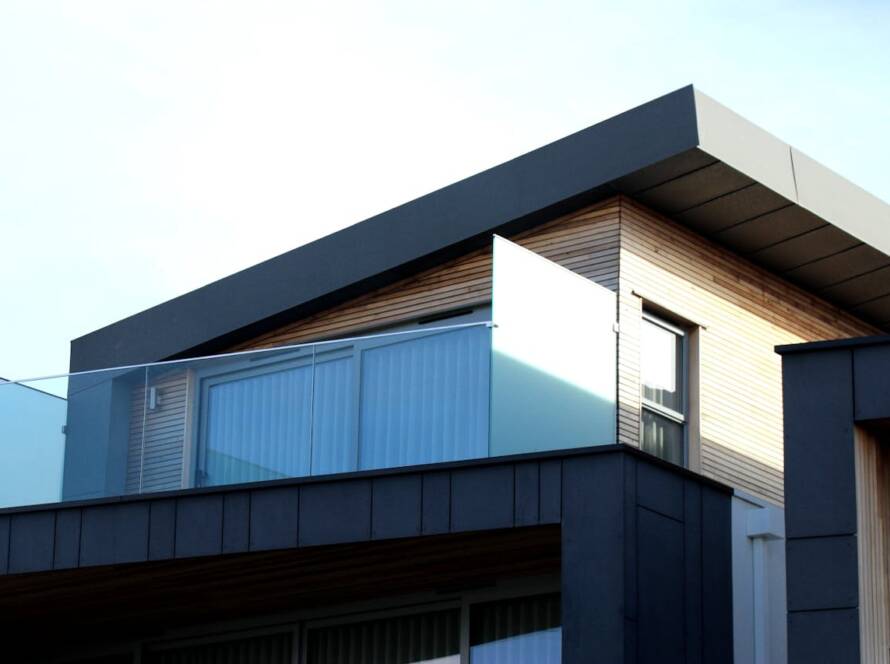Introduction
Did you know that the construction and building sectors contribute approximately 39% of global carbon emissions? As homeowners increasingly seek to reduce their environmental impact, the demand for sustainable building materials has surged. This blog will explore the top five sustainable materials every homeowner should consider, highlighting their benefits and how they can contribute to a greener future while enhancing your home’s value.
The Importance of Sustainable Materials
Choosing sustainable materials is not just about being eco-friendly; it’s also about making smart investments in your home. Sustainable materials are sourced responsibly, reduce waste, and often lead to lower energy costs. By incorporating these materials into your projects, you’re not only helping the planet but also increasing your home’s market value. As more buyers look for eco-conscious homes, your investment in sustainability will pay off in the long run.
Top 5 Sustainable Materials
1. Bamboo
Bamboo is one of the fastest-growing plants on Earth, making it an excellent alternative to traditional hardwoods. With its remarkable strength and versatility, bamboo can be used for flooring, cabinetry, and furniture. Plus, it’s a renewable resource that can be harvested without damaging the environment. When you choose bamboo, you’re opting for a durable and stylish material that benefits the planet.
2. Reclaimed Wood
Reclaimed wood is salvaged from old buildings, furniture, and other structures, giving it a second life. Not only does this practice reduce waste, but it also adds character and charm to your home. Each piece of reclaimed wood has a unique story, making your space feel distinct. Additionally, using reclaimed wood can lower your carbon footprint, as it requires less energy to process compared to new lumber.
3. Hempcrete
Hempcrete is a bio-composite made from hemp fibers and lime. Known for its excellent insulation properties, hempcrete helps maintain a consistent temperature in your home, reducing energy costs. This sustainable material is lightweight, non-toxic, and has a low environmental impact. As an added bonus, hemp absorbs carbon dioxide during its growth, making it a carbon-negative building material.
4. Recycled Steel
Recycled steel is an incredibly strong and durable material that can be used in various applications, from structural support to roofing. It’s one of the most recycled materials globally, making it an environmentally friendly choice. Using recycled steel reduces the need for mining new ore, conserving natural resources. Plus, steel’s longevity ensures that your investment will stand the test of time.
5. Low-VOC Paints
Volatile organic compounds (VOCs) found in traditional paints can harm indoor air quality and the environment. Low-VOC paints are formulated to minimize these harmful emissions, making them a healthier option for your home. By choosing low-VOC paints, you can enjoy vibrant colors without compromising your family’s health or the planet’s well-being.


How to Choose Sustainable Materials for Your Project
When selecting sustainable materials, look for certifications like the Forest Stewardship Council (FSC) for wood products and Leadership in Energy and Environmental Design (LEED) ratings for overall building sustainability. Research local suppliers who specialize in eco-friendly materials, and consider engaging with architects or builders experienced in sustainable design. They can provide valuable insights and guidance tailored to your project.
Addressing Common Concerns
- Myth: Sustainable materials are too expensive
While some sustainable materials may have a higher upfront cost, they often lead to significant savings over time through reduced energy bills and lower maintenance costs. Additionally, many governments offer incentives for using eco-friendly materials, which can help offset initial investments.
- Myth: They don’t perform as well as traditional materials
On the contrary, sustainable materials are often designed to meet or exceed the performance of their conventional counterparts. For example, bamboo is as strong as oak, and hempcrete offers superior insulation properties compared to traditional materials.

Conclusion
Investing in sustainable materials is a win-win for both homeowners and the environment. By incorporating eco-friendly options like bamboo, reclaimed wood, hempcrete, recycled steel, and low-VOC paints into your next construction or renovation project, you’ll be making a positive impact on the planet while enhancing your home’s value.





